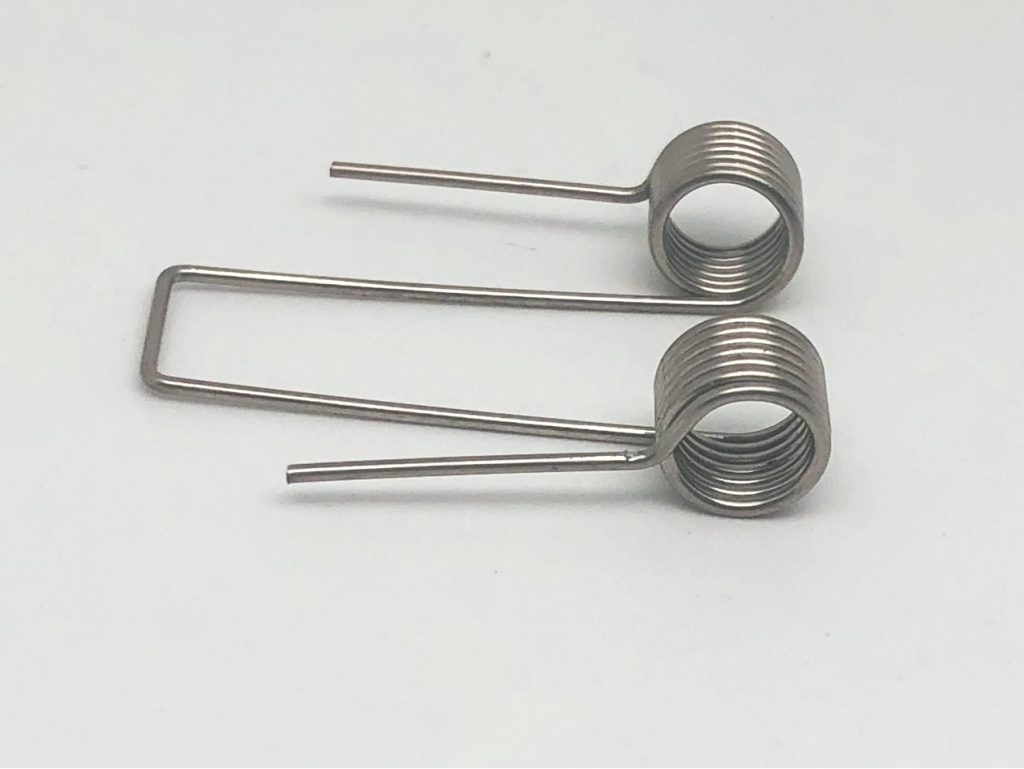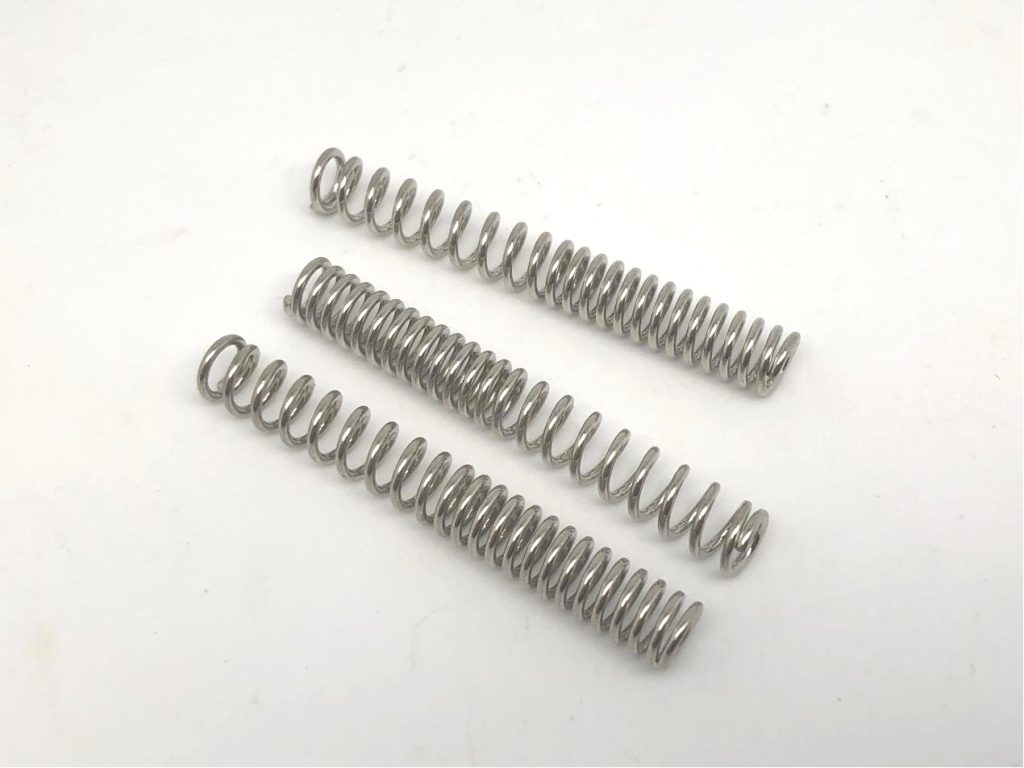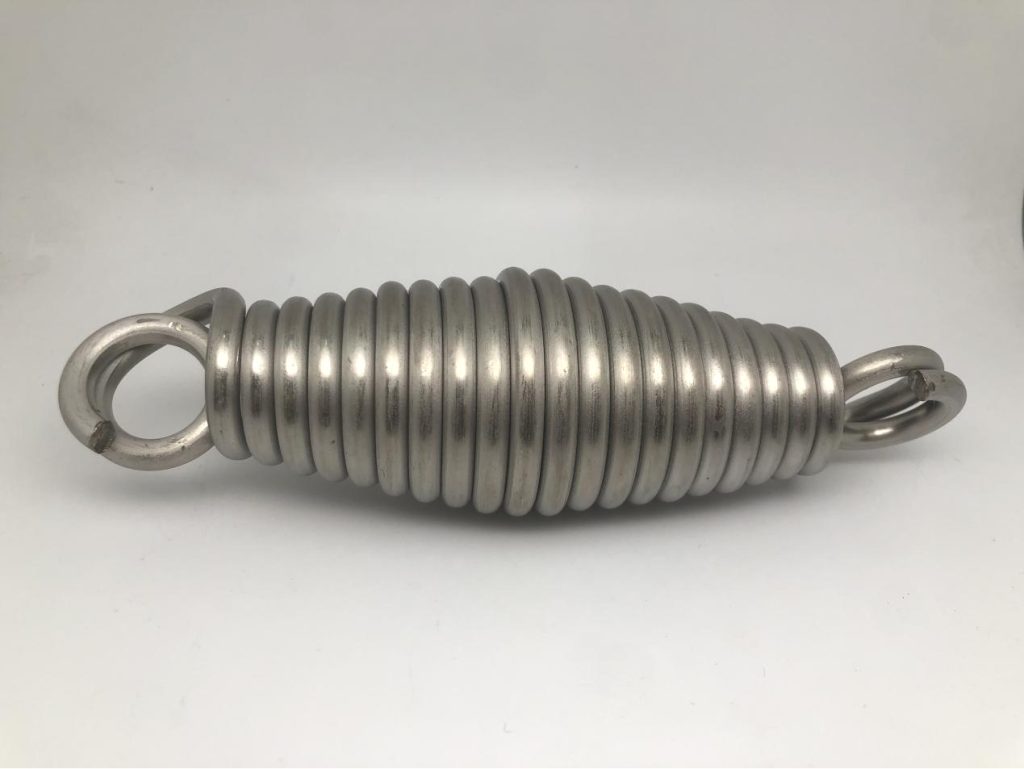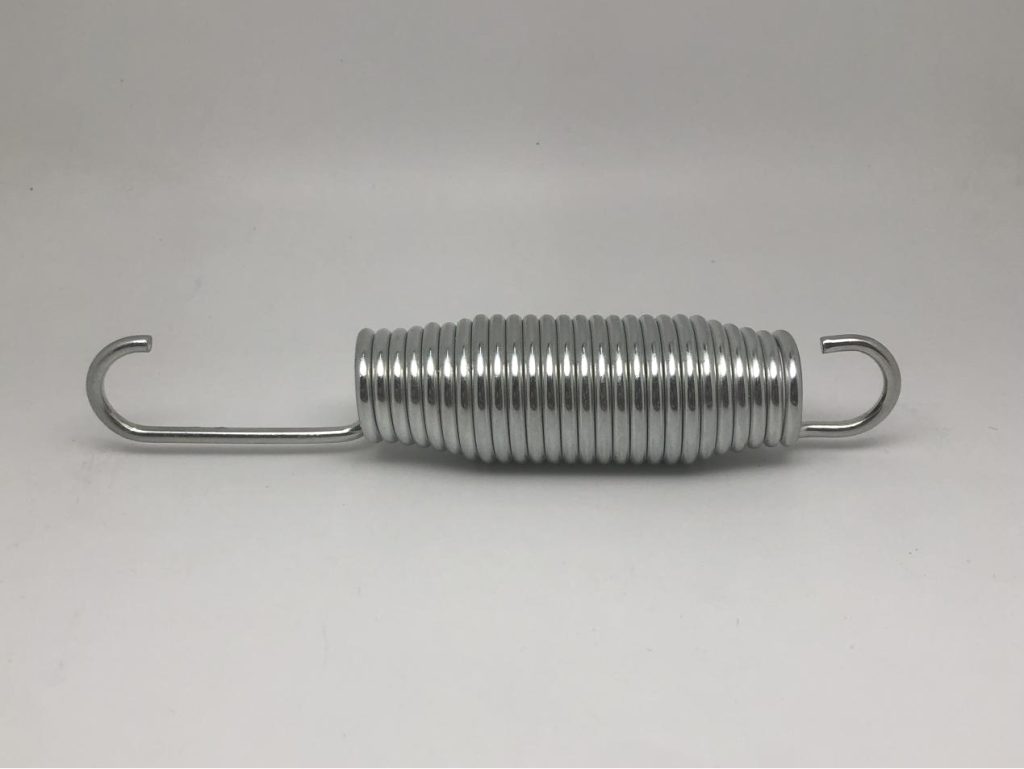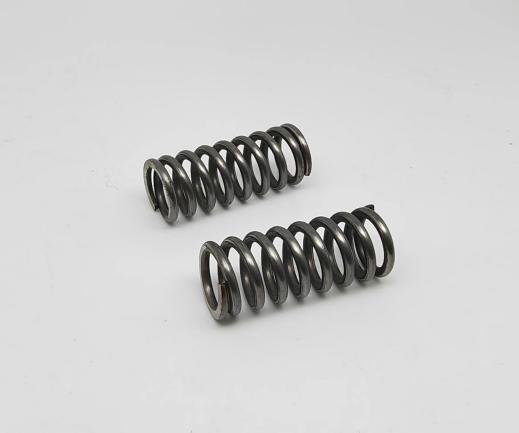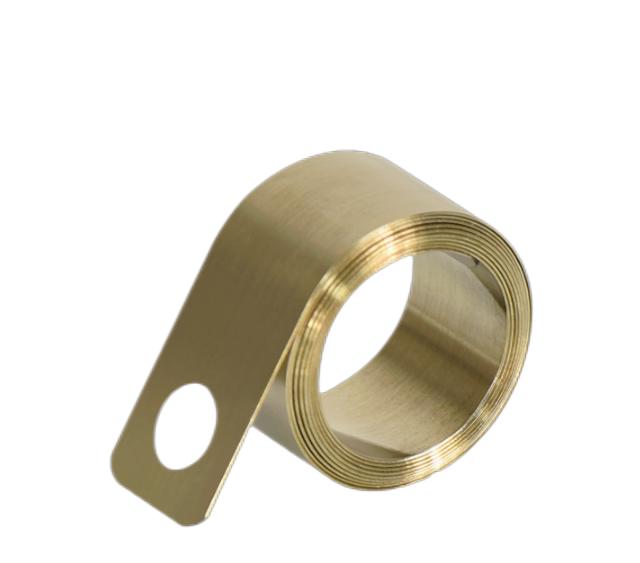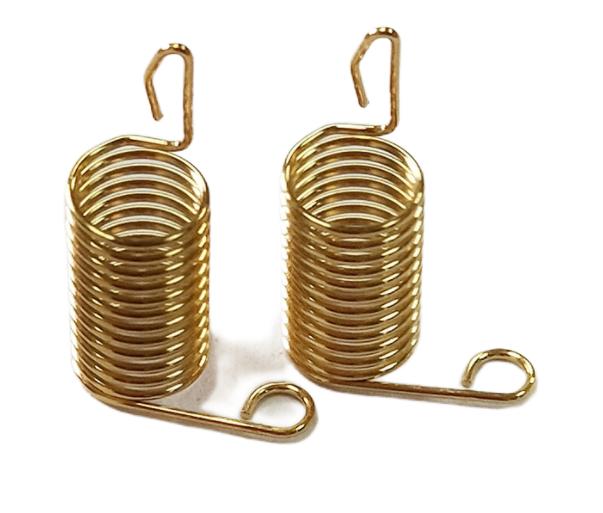How to Measure Torsion Springs Accurately?
Torsion springs are vital components found in a wide range of applications, from garage doors to industrial machinery. When these springs are wound or unwound, they exert a twisting force known as torque. Torsion spring measurement is critical for assuring adequate fit, functioning, and safety in any particular application. In this article, we will explore the topics of how to measure torsion springs accurately with a step-by-step guide, including the necessary tools, techniques, and considerations.
Before proceeding with the measurement, it is necessary to have a fundamental grasp of torsion springs. Torsion springs are helical in shape and made of tightly coiled wire or rod. When these springs are twisted, potential energy is stored in them. When the force is withdrawn, this energy is released, causing the spring to unwind and exert torque.
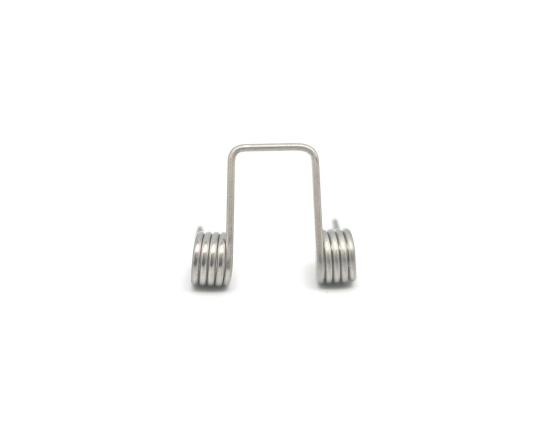
Torsion springs are characterized by several key parameters:
Wire Diameter: This refers to the thickness of the wire used to make the spring. It is usually measured in inches or millimeters.
Outer Diameter: The outer diameter is the total diameter of the spring, including the wire thickness. It can also be expressed in inches or millimeters.
Leg Length: The leg length is the distance between the spring’s end and the first active coil. It is measured along the spring’s axis.
Number of Coils: This refers to the total number of active coils in the spring.
Pitch: The pitch of a spring is the distance between neighboring coils measured across its circumference.
To measure torsion springs accurately, follow these step-by-step guidelines.
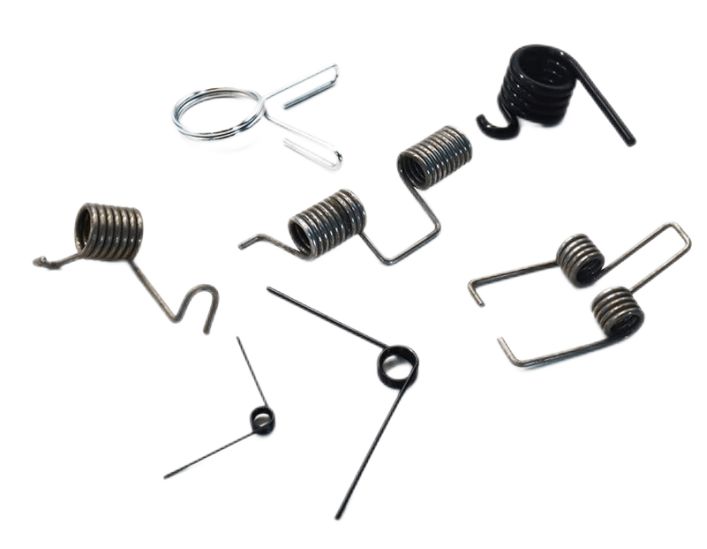
Step 1: Gather the Required Tools to Measure Torsion Springs
Before you begin measuring the torsion spring, make sure you have all of the necessary tools. Typical examples include:
Calipers: Digital or dial calipers are required for precisely measuring wire diameter, outer diameter, and leg length.
Ruler or Tape Measure: You can determine the pitch, which is the spacing between neighboring coils, with a ruler or tape measure.
Safety Equipment: To protect yourself during the measuring procedure, it is critical to wear suitable safety equipment such as gloves and safety glasses.
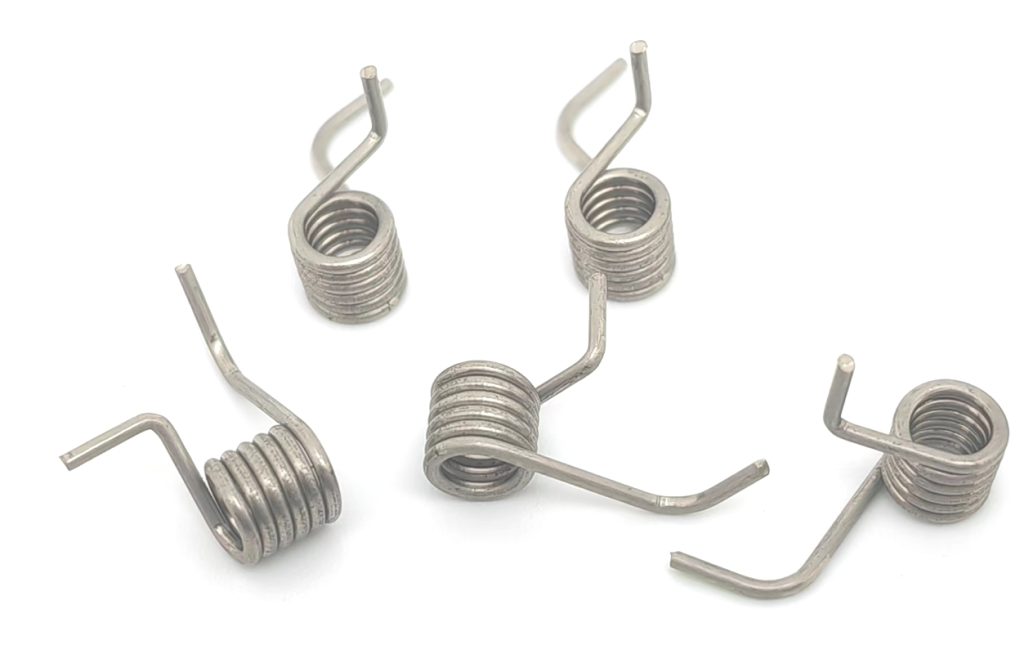
Step 2: Determine the Wire Diameter to Measure Torsion Springs
Measure the diameter of the wire used to build the torsion spring with your calipers. Place the calipers on the wire and slowly close them until they fit snugly around it. Take the caliper reading and write it down. Because wire diameter varies somewhat, repeat this technique in many locations on the wire to assure accuracy.
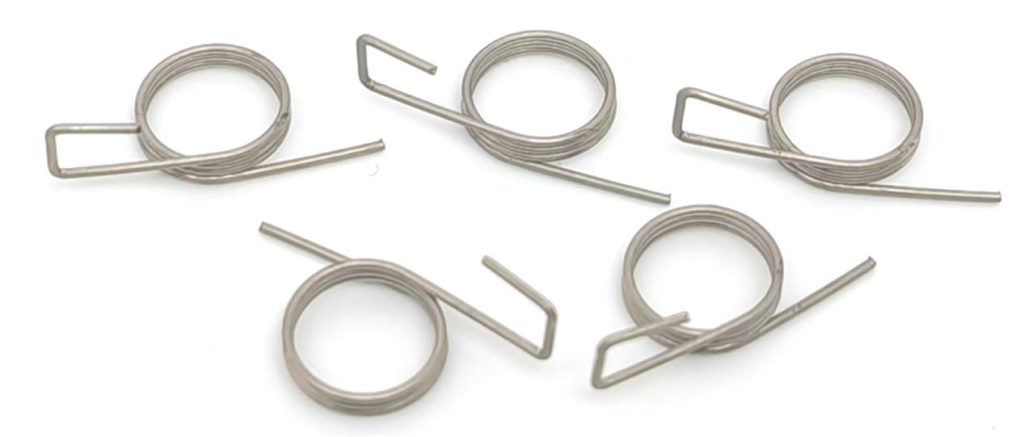
Step 3: Measure the Outer Diameter Of Torsion Springs
Next, measure the outer diameter of the torsion spring. Measure the distance across the widest area of the spring, including the thickness of the wire, with the calipers perpendicular to the spring’s axis. To ensure accuracy, take numerous measurements in different areas.
Step 4: Determine the Leg Length to Measure Torsion Springs
The leg length is the distance between the spring’s end and the first active coil. Use the calipers to measure the distance along the spring’s axis. Place one caliper arm at the spring’s end and extend the other arm until it reaches the first active coil. Take the measurement and write it down.
Step 5: Calculate the Number of Coils to Measure Torsion Springs
Count the total number of active coils in the spring to determine the number of coils. Active coils are those that engage in the twisting motion of the spring. Exclude the inactive or closed beginning coils towards the ends.
Step 6: Measure the Pitch of Torsion Springs
The pitch of a spring is the distance between neighboring coils around its circumference. To measure this distance, use a ruler or a tape measure. Start at one point on a coil and measure to the corresponding point on the adjacent coil. Repeat this process at various points along the spring to ensure consistency.
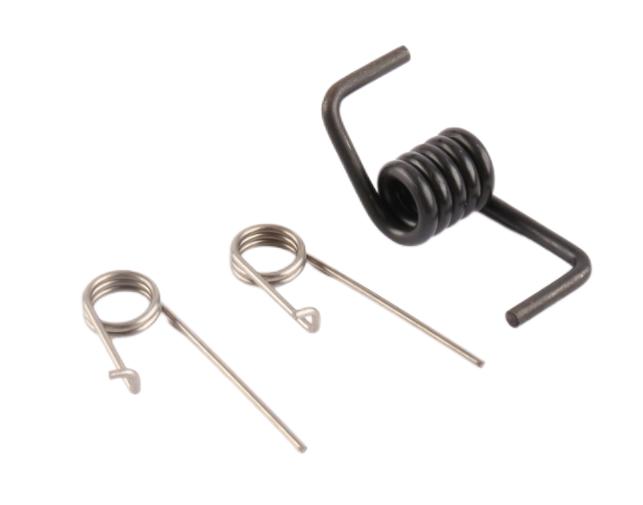
Step 7: Record and Verify Measurements of Torsion Springs
Once you have obtained all the necessary measurements, record them accurately for reference. Double-check your measurements to ensure accuracy and cross-verify with any specifications or requirements provided by the manufacturer or application guidelines.
Additional Considerations for Measuring Torsion Springs
When measuring torsion springs, keep the following considerations in mind:
Wire Material: Torsion springs are manufactured of a variety of materials, including steel, stainless steel, and bronze. The spring’s properties and behavior can be influenced by the material. Make sure you understand the material being utilized and its individual qualities.
Spring Ends: Torsion springs can have various ends, such as straight, hinged, or custom-designed ends. Consider the end type and how it affects the measurement procedure.
Tolerance and Variations: Torsion spring dimensions may be subject to tolerances. Keep these tolerances in mind and make sure your measurements fall inside the permitted range.
Consult Manufacturer Guidelines: Refer to the manufacturer’s guidelines or specifications for reliable measurement procedures or particular instructions for customized torsion springs you’re measuring, if they’re available.
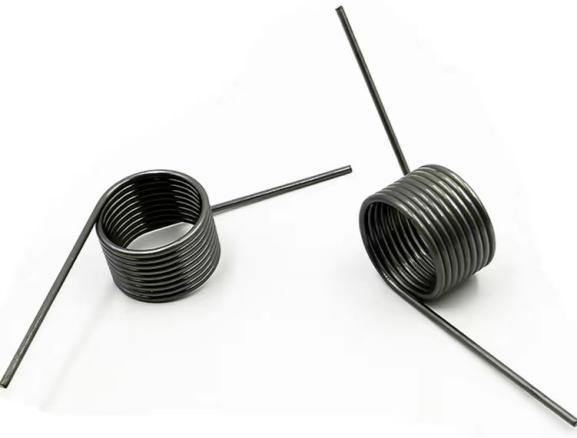
Summary
Torsion springs must be accurately measured to ensure correct fit and operation in a variety of applications. Manufacturers and technicians can acquire precise measurements of wire diameter, outer diameter, leg length, number of coils, and pitch by following the step-by-step approach given in this article. By following these guidelines, you can precisely test torsion springs and assure their best performance in the intended application.

